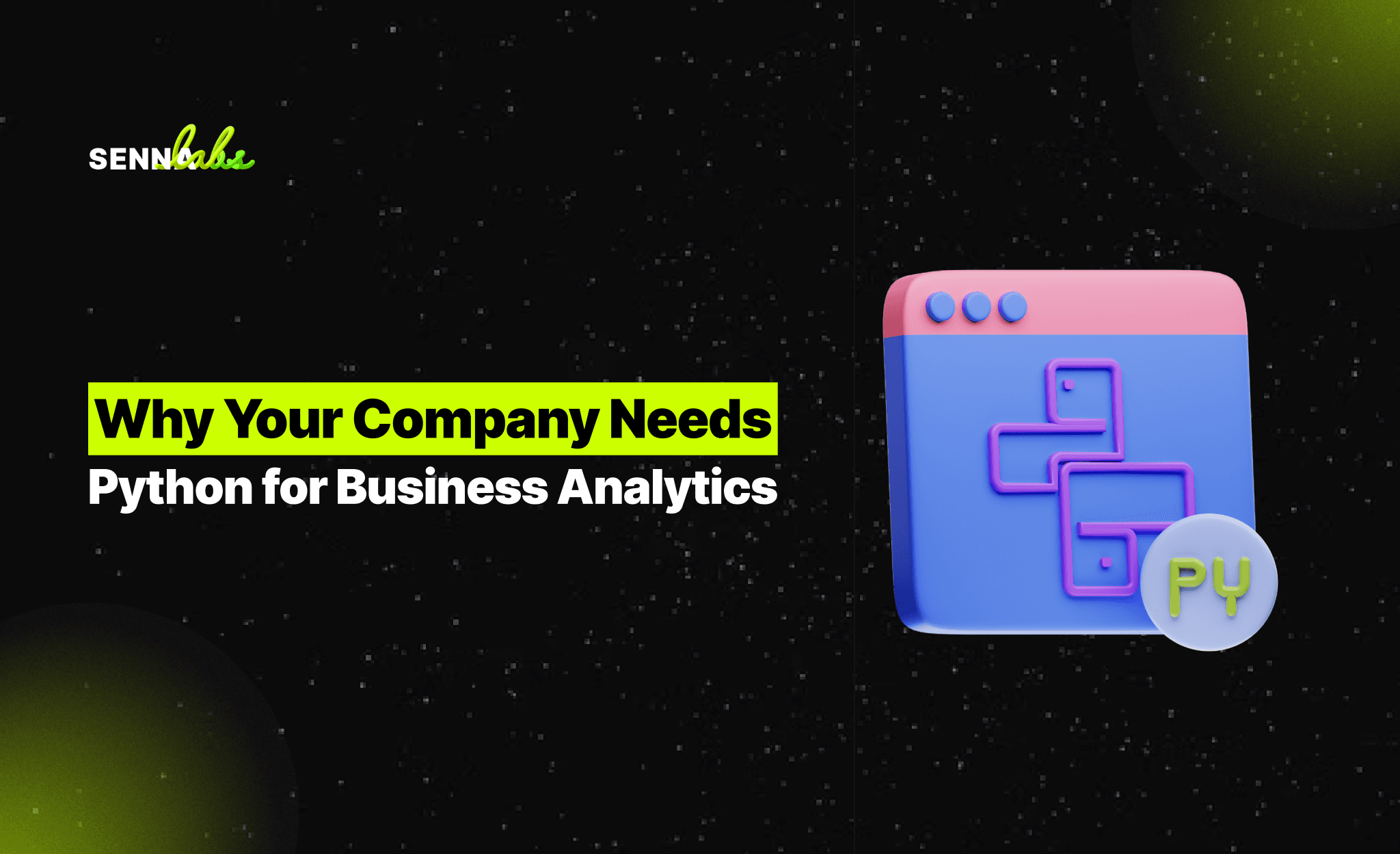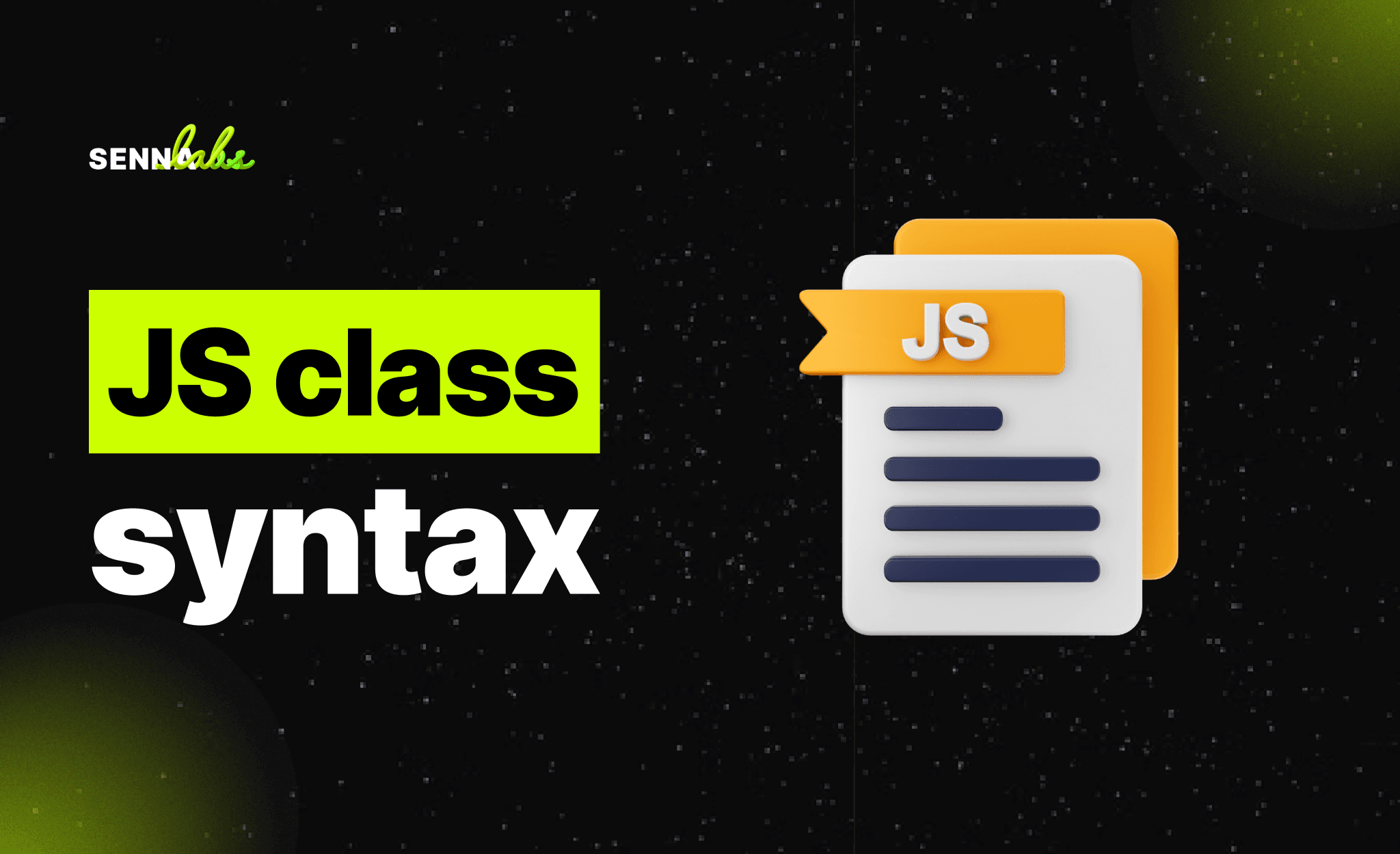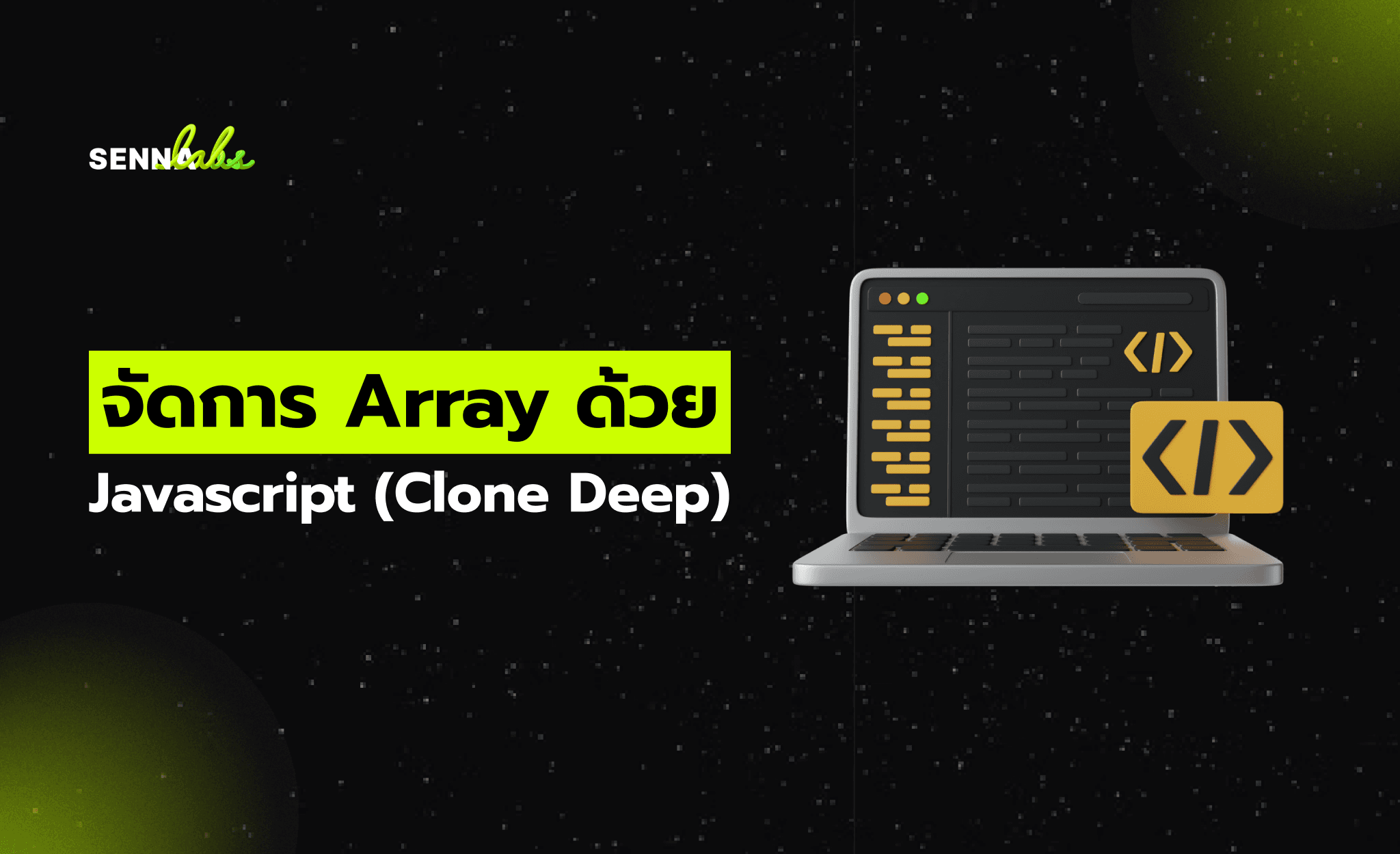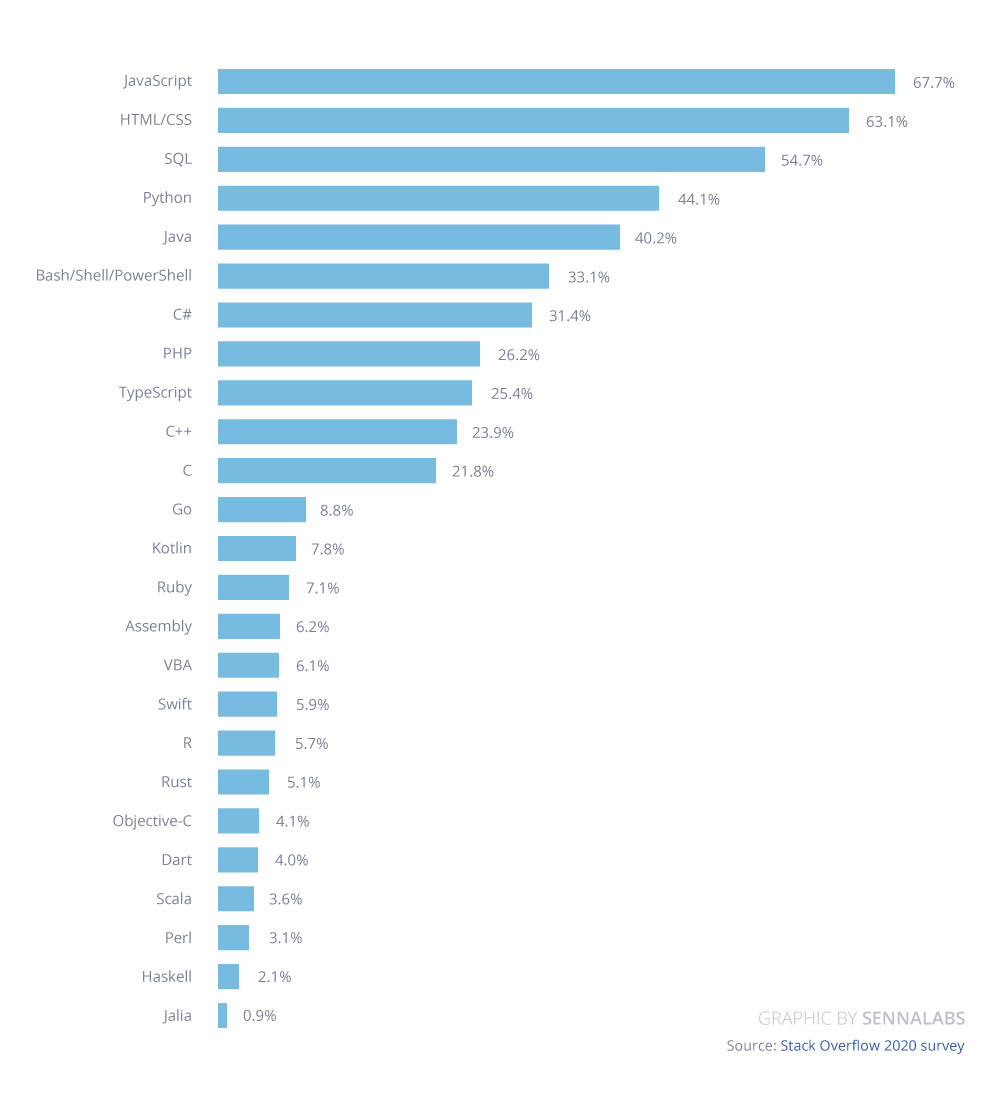Why Your Company Needs Python for Business Analytics
Share

Not just another language
Python is a multi-paradigm programming language: a Swiss Army knife for the coding world. It supports object-oriented programming, structured programming, and functional programming patterns. There's a joke in the Python community that "Python is generally the second-best language for everything."
Python is known for its simplicity and readability, allowing developers to write much less code than other programming languages. Here is a task that required reading a file on the system in Python. You would write the following code:
with open("test.txt", 'r', encoding = 'utf-8') as f:
f.read()
While to perform the same task but in Java, you would have to write the following code:
Most wanted language
Stack Overflow 2020 survey showed that Python is one most used programming languages. It came behind Javascript, HTML/CSS, and SQL.
Python came after Rust and TS in the most loved programming language survey and the first in the most wanted language.
For these reasons, Python attracts lots of developers and has a huge developer community, which brings out extensive support to everyone. Also, Python has an extensive library, which eases lots of tasks.
import java.io.*;
public class ReadFromFile2{
public static void main(String[] args)throws Exception{
File file = new File("C:UsersdanielDesktoptest.txt");
BufferedReader br = new BufferedReader(new FileReader(file));
String st;
while ((st = br.readLine()) != null)
System.out.println(st);}}
A huge ecosystem
A typical data analysis task involves the following steps:
- Read dataset from a data source.
- Apply filters, aggregations, and other requirements.
- Create easy to understand visualization charts and graphs.
- We could utilize machine learning algorithms for more advanced analytics in some cases.
Python's ecosystem eases these tasks for the developers. For reading data from the source and applying filters, Pandas is your choice. If the task involves statists and heavy numerical computations, then use Numpy and Scikit-learn for visualization Matplotlib and Seaborn are the standards.
The user wants to get data from a website instead of a data source in many cases. In this case, Beautifulsoup and Scrapy help extract data from the internet.
Finally, machine learning is an incredibly high computational technique that involves heavy mathematics like calculus, probability, and matrix operations over thousands of rows and columns. All this becomes very simple and efficient with the help of Scikit-learn, Tensorflow, PyTorch, and a lot of other machine learning libraries in Python.
Conclusion
I tried to demonstrate Python's abilities and the most popular libraries in this blog. However, many tools and third-party libraries are available in Python's ecosystem. Python allows your company to get data, analyze it, and create visualizations quickly without the need for a large development team. This allows fast prototyping for different kinds of ideas. Please find out how Senna Labs could help your company with its analytics projects by leveraging the Python ecosystem.

Share

Keep me postedto follow product news, latest in technology, solutions, and updates
Related articles
Explore all



